Aloe barbadensis, commonly known as Aloe vera, is a short-stemmed succulent plant. This plant has beneficial effects on skin injuries such as rashes and sunburns. In this article, let’s talk about how to revive a dying aloe vera plant.
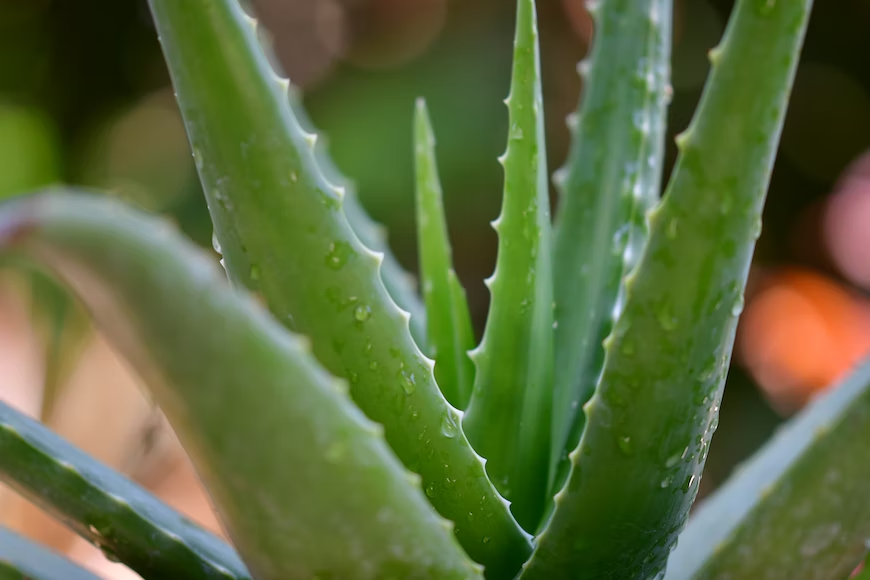
Caring for an aloe vera plant is comparable to caring for succulent perennial plants. Perennial plants such as cacti need less water and high amounts of sunlight. It is easy to keep your aloe vera plant healthy. You just put it in well-draining soils and water rarely.
However, no matter how easy it is to take care of this plant, plant issues can still arise because they are inevitable. Sometimes, these issues cause death to your plant.
But worry not! This article will help you elucidate other ways to revive your precious aloe vera plant if you ever see you and your plant in a stumble. We will give you a more comprehensive discussion on how to bring back your Aloe Vera plant to life.
Some Common Causes Of Dying Aloe Vera
Aloe barbadensis came from the Arabian Peninsula, stricken by drought environments characterized by high heat and minimal water. Their natural habitat contains little to negligible amounts of water vapor, making it difficult for organisms to thrive.

However, the mechanisms present in an aloe vera’s leaves are enough to withstand these cruel environmental conditions.
Naturally, as a succulent, aloe vera stores water in its leaves, making it more adaptable to harsh environments without the presence of water in its surroundings.
However, your Aloe Vera can still be brindled with plant issues that may cause its death. Below are the most common causes of dying Aloe vera plants.
1. Overwatering
One of the common causes of a dying aloe plant is over-watering which results in root rot. Slow draining soil tends to accumulate water in the plant’s base.
RELATED: How to Water Succulents? (Short & Effective Instructions)
Accumulation of water in the root zone of aloe vera may support fungal growth. This is the main cause of root rot and may lead to further infection. In addition, the presence of soft, dark brown, disintegrating roots is a sign of root rot.
Completely drying the roots may prevent root system rot from happening. Doing this routine until the next watering cycle may help the plant survive.
However, if not done properly, the aloe plants may produce soft, brown or yellow leaves. This is a sign of the inhibition of the plant’s mechanism in food production. This may also cause the death of the plant if not treated.
Since aloe vera plants thrive in drought-stricken environments, giving them a large quantity of water may affect the coloration of the plant’s leaves, turning them into soft leaves characterized by a yellowish or brownish appearance. The changes in the color of the aloe vera leaves may be regarded as one of the signs of water stress.
Excess water that was incorporated into the aloe vera plant may kill the plant since it may freeze the water molecules inside the plant.
To prevent this from happening and keep the healthy roots of your plants, the presence of draining holes in the pot’s base may enable the water to be expelled into the system to prevent the root of the plant from being damaged. In addition, not letting the root stay damp avoids root rot, extending the plant’s life.
2. Improper Light Conditions
Sunlight is another factor that may affect the aloe vera plant’s growth. Putting the plant in shaded areas may cause its leaves to “droop“. This occurrence may turn the color of the leaves to light green. Yet too much sunlight can burn the leaves. This may produce an appearance comparable to plants suffering from necrosis.
3. Unfavorable Temperature
Situating your aloe vera plant in temperatures below 55°F may also damage your plant, resulting in its death. To prevent your plant from experiencing this, you may subject your aloe vera plant to not below 55°F (13°C) and not above 80°F, since this is the optimal temperature used for aloe vera growth.
4. Inefficient Drainage
Apart from giving the plant large amounts of water, slow draining soils may account for these occurrences, and pots without drainage holes may accumulate water, resulting in the development of root rot.
5. Changing Seasons
Watering conditions also vary in summer and winter since there are specialized mechanisms that aloe vera plants employ for survival. For example, aloe vera plants tend to become dormant in the summer season, stopping their cells from multiplying as a strategy in coping with drought. On the other hand, the winter season affects the aloe vera plant, shrinking its leaves to prepare itself for the coming weather.
To prevent the death of your aloe vera plant, a plant breeder must adapt the conditions for growth. These conditions include a parameter for rainfall, sunlight, and soil type. For example, a minimal amount of rainfall may help the plant in protecting against root rot.
Also, putting your plant in partial or full sun may dry the soil, helping the plant to drain. Also, well-draining soils promote aeration and inhibit root rot. Placing your aloe vera under these conditions may guarantee its recovery.
How To Revive Your Dying Aloe Vera?
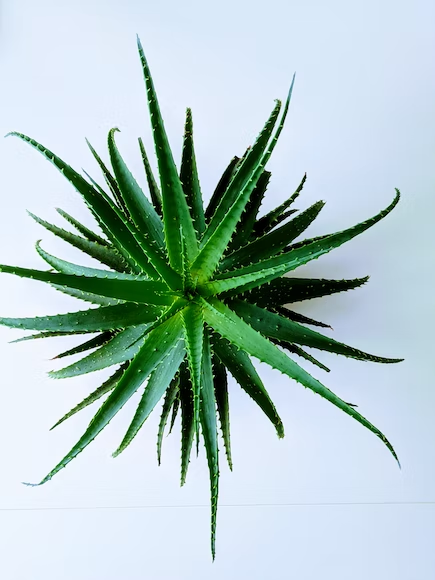
1. Re-evaluate the amount of water given to the Aloe vera
The watering schedule for the aloe vera plant must be assessed to prevent the plant from developing conditions that may lead to the plant’s death. If you are going to use a method that involves a constant schedule for watering your plants, your aloe vera might be in danger.
A general rule of thumb that can be used to guide your watering activity is according to the condition of the soil where your aloe vera plants are situated.
Make sure that the soil has used up all the water administered, exhibiting a dried appearance. Usually, drying of the soil takes place after 14 days, but other factors such as climate, humidity, the size of the pot, and the amount of water that was last administered can also affect how long the soil may dry up.
2. Change your aloe vera’s potting soil
Apart from correcting your aloe vera’s watering schedule, different factors can be considered to prevent aloe leaves to turn yellow or brown. One of these factors includes the use of slow draining soil since it may retain the water that was administered to the plant.
To do this, you can empty your pot and replace it with specially formulated soil that was meant for growing succulents and cacti. This will imitate the environment needed for the plant to grow optimally since well-draining soils are a must for the growth of your aloe vera.
Using this kind of soil removes the risk of water stress since it would not have any vessel for water storage which acts as the main cause of root rot. Keeping the root of your aloe vera dry may prevent root rot from damaging your aloe vera plant.
3. Provide drainage holes in the base of your aloe vera plant
Drainage holes are little holes poked at the bottom of any pot or container that will serve as a mechanism to drain excess water from the vessel. This is an important component that must be considered in building pots for potted aloe vera.
Also, the pots used for taking care of aloe vera plants are terracotta pots since they are porous, allowing the soil to expel water quickly from the system. This supports the growth conditions presented by aloe vera plants since it needs dryer soil, inhibiting the development of root rot.
The size of pots also depends on the size of the aloe vera plant. Proportionality affects the dryness of the soil in which the aloe vera was situated.
Large pots also require a large amount of soil which tends to dry slower than pots containing a proportionate amount of soil compared to the size of the aloe vera plant. Damp soil may cause root rot which in turn kills your aloe vera.
How regularly do I have to water and drain my aloe vera?
Watering and draining your aloe vera are important steps to keep the life of your plant long. However, improper draining may lead to the development of root rot which ultimately kills the plant. With this, it is important to ensure that the soil of your aloe vera is dry before watering them. This may simulate the drought conditions where aloe vera originally thrives.
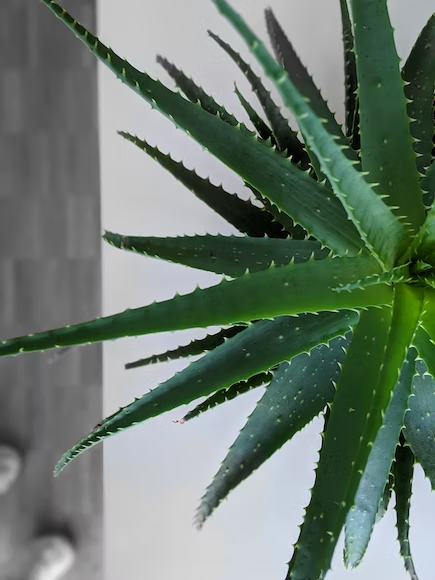
Also, if the pots used in your aloe vera include saucers or trays, it is best to drain them regularly, allowing excess water to exit from the system. Keeping your soil dry through the use of drainage holes and removing objects which may obstruct water flow may keep your aloe vera healthy.
After draining and drying, you have to determine the proper amount of water that must be given to the aloe vera to be revived.
Recovering aloe vera may also resume its watering schedule once the plant has fully recovered, guaranteeing that the soil is dry enough, and reducing the effects of water stress on the aloe vera. Affected aloe vera leaves may be removed from the plant to reduce the stress exerted on the plant, ultimately promoting recovery. These leaves appeared to be limo and were ready to drop off.
What to do with aloe vera affected by severe root rot?
Root rot may affect the plant as a whole, along with the discolorations brought by the fungal infection. Therefore, saving your plant against severe root rot may prove to be difficult. With this, it is advised to take healthy aloe vera cuttings and propagate them. This method will most likely remove affected aloe vera parts, saving the plant from infection.
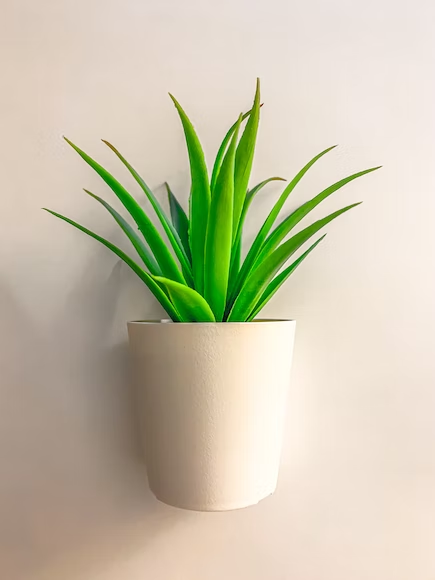
After obtaining healthy cuttings, your aloe vera may propagate readily, acting as the sole method to revive your plant. Helping it by regularly drying and draining the soil, may help it recover faster.
Giving it one or two weeks to recover, without watering may help these healthy cuttings to grow faster as it meets the optimal condition for the plant’s growth.
How Do You Fix A Drooping Aloe Vera Plant?
An aloe vera with dangling leaves may not show signs of root rot and may not show discoloration from its leaves.
Comparing these symptoms with aloe vera root rot, plants suffering from this are easier to revive. Plants with drooping leaves were also affected at their base part, producing brown to black colorations which suggest the lack of sunlight.
Due to their origin, aloe vera prefers direct sunlight during the mornings and an area accompanied by indirect light during the afternoon. Light is an important factor in photosynthesis, and aloe vera tends to prefer well-lit surroundings.
If your plant was situated in areas where shade is abundant, the leaves of your plant may produce decreased pigmentation resulting in long, light green-colored leaves.
How To Revive Droopy Aloe Vera?
If aloe vera affected with root rot requires you to reduce the water administered to the plant and replace the potting soil with well-draining ones, reviving a droopy aloe vera is more straightforward.
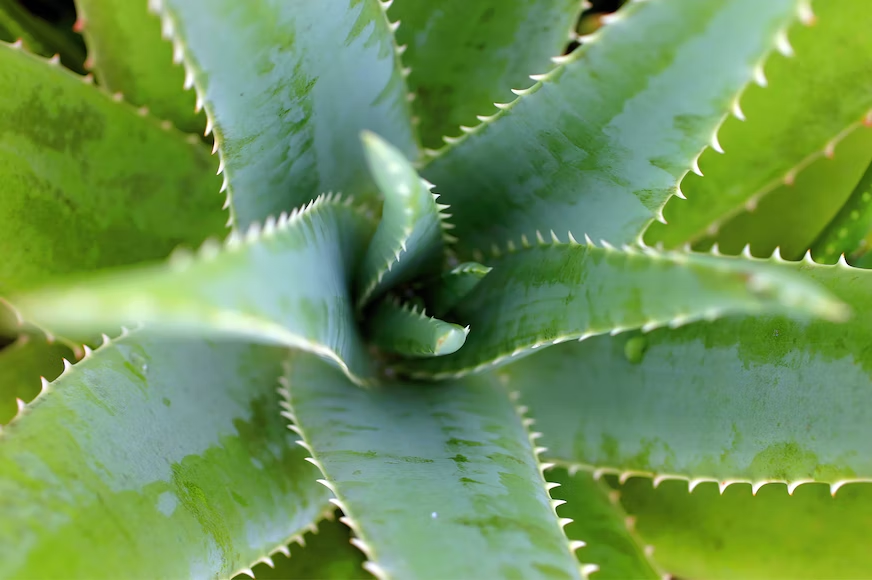
1. Exposing your plant to more sunlight
Sunlight is an important factor to simulate the conditions in which aloe vera grows optimally. With this, you have to find a space where you can expose the plant for four to six hours, in four weeks.
If you suddenly place your aloe vera under sunlight after resting it in a shady area, the leaves of your aloe vera may burn due to extreme contrast. Exposing your plant to direct sunlight for more than four weeks enables it to adjust to the light intensity.
2. Cutting outer leaves if drooping
Severely drooping leaves tend to die eventually, without getting the chance to regrow. With this, you can remove leaves that are too weak to stand since it may redirect nutrients to developing areas instead of going to severely damaged parts.
If sunlight is not enough to revive the plant, you can take the healthiest leaves and subject them to propagation.
How to Revive a Sunburnt Aloe Vera?
Abrupt displacement of aloe vera from a shady area to an area with direct sunlight may cause sunburn, resulting in an aloe vera characterized by a lighter hue compared to normal aloe vera.
This transformation was due to the mechanism of the plant to adapt to dimmer lighting when it is situated under a shade.
Burning of the aloe vera leaves happens due to the differences in the light intensity turning the leaves brown.
Commonly, light must be introduced slowly to the plant with increasing intensity for four weeks. Unlike drooping and root rot, once the leaves have turned brown, they cannot return to their green color, but they may still keep on living.
As a solution, cutting down brown discolored leaves may support the growth of new leaves, or propagation must be done if the damage has affected the plant greatly.
How To Fix Aloe Vera That Stopped Growing?
If your plant has stopped growing for unknown reasons, it can be attributed to dormancy which can be observed in high-temperature conditions. For example, if the temperature reaches 80°F (27°C), your aloe vera may stop growing, using it as a strategy to conserve water during a drought.
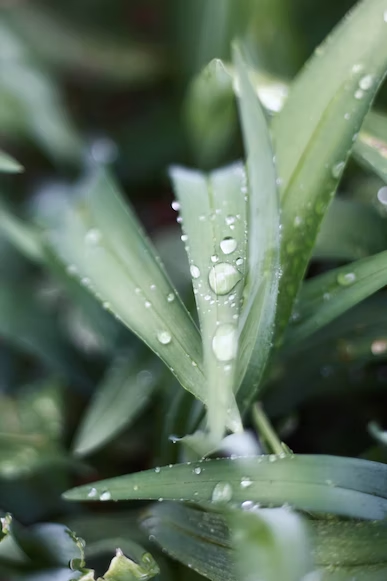
Do not worry, your plant may still grow in seasons accompanied by cooler temperatures but at decreased rate since direct sunlight is needed to grow aloe vera. Also, in these types of seasons, try to reduce the amount of water given to your aloe vera. Since dormancy and cooler temperatures may result in higher soil water retention.
Final Thoughts
No matter how hardy or tolerant your plant is to extreme weather conditions. There is no saying that it will not encounter any problems just like any other plants. Your Aloe Vera plant can experience any plant issues and if not mitigated right away can bring death to it. That is why it is important to know the things you must do right away to salvage your plant from dying.
We can only hope this article has helped you prepare for any possible problems with your Aloe Vera plant. Always remember that prevention is better than curing. And just like any problems, you cannot prevent something from happening if you do not know it.
Now go forth and bring back the thriving life of your Aloe Vera plant and multiply them via leaf cuttings!
Editor’s Recommendations
How to Propagate Any Cactus (Easy & Fast Step by Step)
Fishbone Cactus: The Only Care, Propagation, and Watering Guide You Need
Blue Myrtle Cactus How To Grow & Care (Myrtillocactus Geometrizans)







